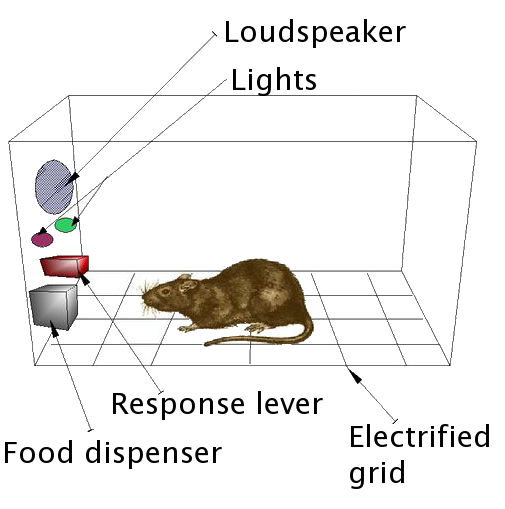(1)
Games consist of a simulation, goals, rules and players. That's an iteration of what I have said before on this blog. As a developer we have to focus on the simulation, goals and rules. The rules, in combination with the goals, generate the journeys. If you are confused now, go read my last 15 posts before continue reading *grin*.
The simulation is arbitrary. You can make a game about cows milking each other or worms killing each other or about a guy surviving a nuclear wasteland. Anything, really. Point is that the simulation is very important for selling the game to customers who don't know the game yet (e.g. haven't read reviews). But once the player is in the game, the simulation becomes less and less important. Eventually it is replaced by the meta game, where players reduce the game to its abstract gameplay. You can fight that for a while (and often you should); but you can't win that fight.
(2)
For the medium- and long-term success of the game, the goals and associated journeys are important. Goals are rather easy to come by. Most come naturally out of the simulation. Others can be induced by rewards, like experience points. I'll have to make a post on goals eventually.
This post is about the journeys. Journeys need to be 'fun'. Everybody agrees. But what does that mean? Should journeys allow the players to reach the goals as fast as possible? No, they should not. Because the fastest way is to remove the journey and just give the player what he wants.
"Press X to kill all enemies on the map and receive your reward". That's the (almost) fastest journey. It's not fun. (But really cheap to code).
Journeys should be as long as possible. The longer you can make them, the more meat your game has. The better your game is. But how long is 'as long as possible'?
Well, journeys need to be not-boring (the industry calls this 'engaging'). They need to keep the player from giving up. For that, there are three requirements:
(a) The goal needs to be worth the journey.
(b) The journey must not be frustrating.
(c) The journey must keep the player's mind busy.
A journey (or part of a journey) is frustrating, if a player thinks that he shouldn't have to do that. Which journeys are frustrating changes with time and zeitgeist.
(a) is rather easy to accomplish. (c) in combination with (b) is the tricky part.
(3)
To keep the player's mind busy, you need to engage it. Possible ways to do this are
- planning (usually exploring all options + decision)
- learning/exploring/searching
- decisions
- educated guesses
- optimization/management under constrains
- interacting with other humans (that's a category in it's own right)
- relaxing/climaxes/tension/adrenaline
- anticipation of future rewards / penalties
- gaining/growing and rewards from nested J&D
- pressing buttons/moving the mouse, the actual execution
That's a copy/paste from the last post. The next posts will be about analyzing different games / journeys by checking how much they keep the player's mind busy. If everything goes as planned, we will find that the successful games / journeys excel at keeping the player's mind busy, while the unsuccessful games fail.







